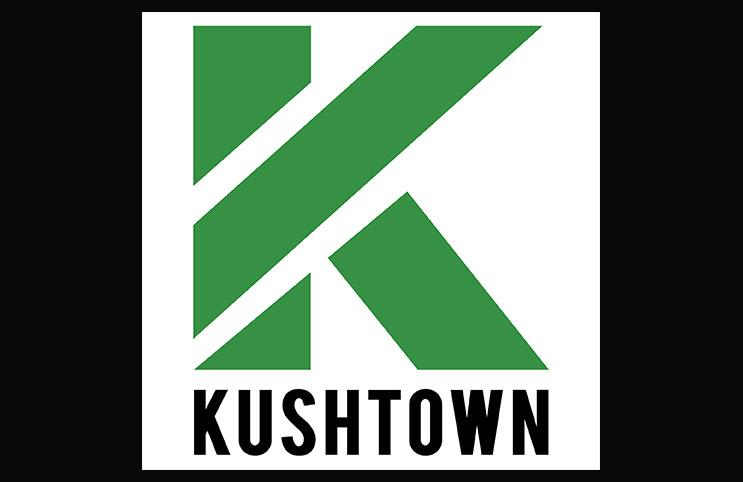Being that OXIS is one of the most followed cannabis companies by our readers, it is no surprise that we have received a lot of questions about the filing OXIS released on May 8th, 2015, regarding an upcoming reverse split. Like we stated in an earlier article published by Marijuana Stocks, too many people have a negative stigma when it comes to reverse splits. And for the most part they aren’t wrong, but I stress “for the most part.”
Not every reverse split is a bad thing. In fact, there have been several times in just the past couple years where reverse splits worked greatly to benefit a company and its shareholders. And it’s no coincidence that one of those times involved current OXIS CEO Tony Cataldo.
The Facts
In the filing, OXIS states, “ to effect a reverse stock split of the Company’s common stock at a ratio to be determined by the Board prior to the effective time of the amendment (the “Effective Time”) of not less than one-for-fifty and not more than one-for-two hundred fifty.” The exact ratio and timing of the split is yet to be determined.
The last time Mr. Cataldo was heading a biotech company that conducted a reverse split he was CEO of Genesis Biopharma (an OTC listed company at the time) which later merged with and changed its name to Lion Biotechnologies and traded under symbol LBIO. On September 25, 2013, the company announced a 1-for-100 reverse stock split. The week following the announcement the new post-split price of LBIO stock was about $5.75. Well, earlier this year LBIO hit a 52-week high of $15.03. That’s a 161% gain since the reverse split. LBIO is also now a main listed NASDAQ company.
Mr. Cataldo has been quoted in several interviews about his goal of up-listing OXIS to the NASDAQ this year and mentioned a reverse split would be necessary to achieve this goal by satisfying the national exchange’s minimum bid and/or closing price requirement. So, this announcement shouldn’t come as a surprise to people. This CEO is doing exactly what he said he was going to do and what he feels is necessary to bring OXIS to a main listed NASDAQ biotech company.
The filings goes on to explain the reasoning behind the split, “The Board believes that a reverse split may be desirable because it could assist the Company in meeting the requirements for initial listing on NASDAQ by helping to raise the bid or closing price for our common stock…If our common stock is listed on NASDAQ, the liquidity of our common stock and coverage of our company by security analysts and media could be increased, which could result in higher prices for our common stock than might otherwise prevail…Additionally, certain investors will only purchase securities that are listed on a national securities exchange, and such listing could thus increase our ability to raise funds through the issuance of our common stock or other securities convertible into our common stock…”
Our Take
In the near future, OXIS is going to conduct a reverse split anywhere from 1-for-50 up to a possible maximum of 1-for-250. Although most reverse splits on the OTC are done for the wrong reasons and lead to shareholder dilution, a reverse split done with a main purpose of up-listing to a major exchange is a very good sign. No matter which way you look at it, the benefits of being listed on the NASDAQ rather than the OTC are priceless. A company listed on the NASDAQ has easier access to institutional money with a much smoother capital raise process and has the ability to have their common stock acquired by hedge funds, mutual funds, ETFs, pension funds, and broker dealers around the world. Most large firms are not able to purchase OTC listed securities. This new exposure should greatly increase OXIS’ liquidity and market efficiency creating a much better environment for shareholders.
It appears to us that Mr. Cataldo is following through with his plan of up-listing to the NASDAQ and so far has done everything that he said he was going to do. He has been down this road before with LBIO and had tremendous success in doing so.
What We Are Looking For
In an interview earlier this year, Mr. Cataldo said he would not conduct a reverse split unless it was coupled with a large institutional money raise and/or an up-listing to a major exchange. We are going to be watching closely for a follow up announcement regarding one of those two things. This would confirm that the reverse split is indeed for the sole purpose of meeting the minimum bid requirement for the NASDAQ.
What This All Means For Shareholders
Absolutely nothing. Confused? Don’t be. Because your equity position will NOT change in value at all. The company’s market cap remains exactly the same as does the value of your equity position.
For example, if OXIS conducts a 1-for-100 reverse split, the new price of OXIS common stock will be $3.30 based on a current price of $0.033. In addition, if you currently own 100,000 shares at $0.033 a share for a value of $3,300 you will now own 1,000 shares at $3.30 a share for the very same value of $3,300
If OXIS does up-list to the NASDAQ, shareholders will most likely enjoy a much more liquid, fair and efficient marketplace with the ability to access capital from some of the world’s largest investment banks and investment firms. Being a main listed company would also most likely result in increased media exposure and something OXIS would never get being an OTC company, buy and sell side analyst coverage.
MAPH Enterprises, LLC | (305) 414-0128 | 1501 Venera Ave, Coral Gables, FL 33146 | new@marijuanastocks.com











1 comment
Your math is wrong. If you own 100,000 shares @ $.033 your cost would be $3,300.00, not $330.00 as you illustrated above. Also, history has shown that after such an announcement of a reverse split, the stock will experience a substantial selling period, even if they plan to uplist. That isn’t to say the stock will rebound, but it would seem much wiser to sell and re-enter after the initial selling. Cheers!